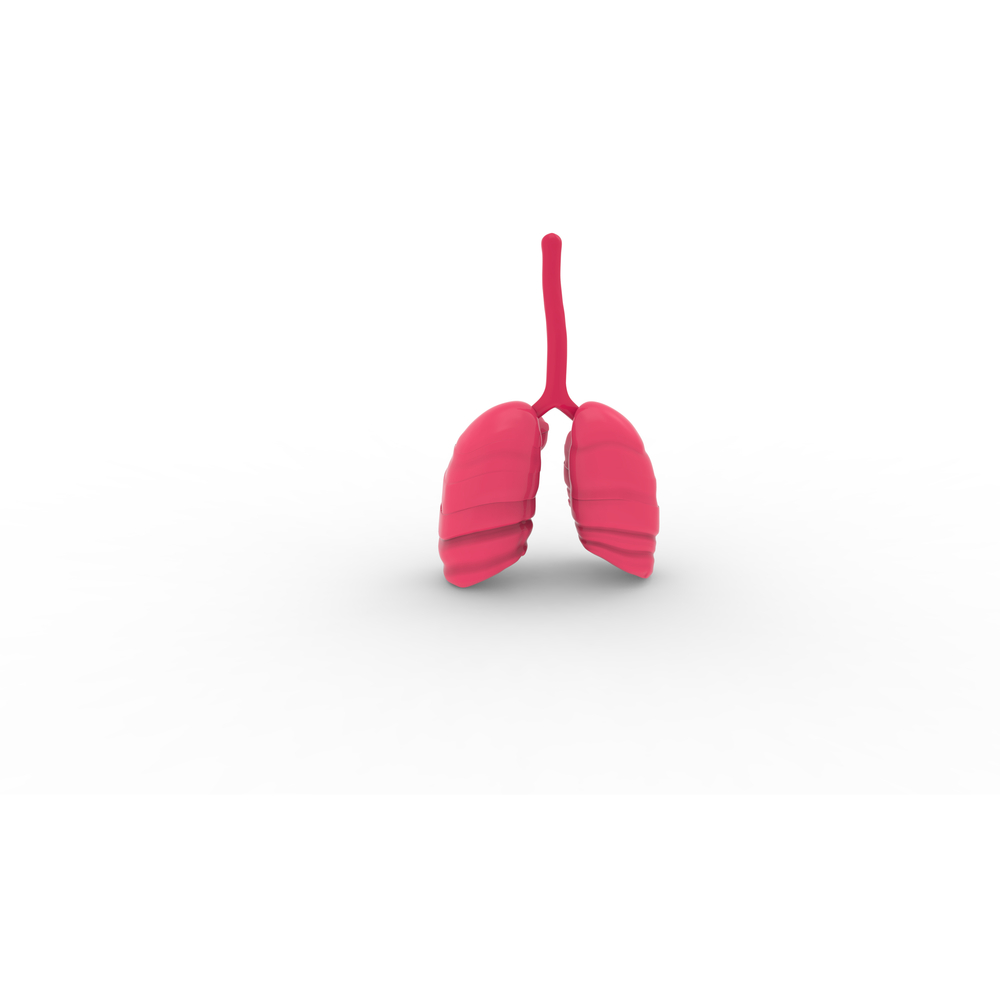In a recent study entitled “Relation between circulating CC16 concentrations, lung function, and development of chronic obstructive pulmonary disease across the lifespan: a prospective study,” researchers report preliminary data that suggests low concentrations of CC16, an anti-inflammatory protein, may predict future lung function decline in COPD patients. The study was published in THE LANCET Respiratory Medicine journal.
Chronic obstructive pulmonary disease (COPD) is characterized by chronically poor airflow leading to emphysema (loss of alveolar surface area) and bronchitis (a condition where inflammation of the mucous membranes of the bronchi occurs). In previous studies, an anti-inflammatory protein – CC16 – measured in COPD patients’ blood was associated with a decline in patients’ lung functions, denoted by a decrease in forced expiratory volume in 1 second (FEV1, a common test for determining lung function). Researchers determined whether low circulating CC16 concentrations could predict decline on lung function among COPD patients.
To this end, the team analyzed CC16 concentrations in serum and how it correlates with airflow limitation and decrease in FEV1 in patients without COPD, data retrieved from 3 independent studies — the Tucson Epidemiological Study of Airway Obstructive Disease (n=960, with a mean follow-up of 14 years), European Community Respiratory Health Survey (n=514, mean follow-up of 11 years) and Swiss Cohort Study on Air Pollution and Lung Diseases in Adults (n=167, mean follow-up of 8 years). To determine if low CC16 concentrations in children were predictive of future lung function decline, the team measured CC16 concentrations in children’s blood samples from the Tucson Children’s Respiratory Study (n=427), UK Manchester Asthma and Allergy Study (n=481) and the Swedish Barn/children, Allergy, Milieu, Stockholm, Epidemiological survey (n=231).
The authors found an inverse correlation between CC16 concentration and lung function decline in adults (denote by FEV1) in both Tucson and European studies. In children, the team reported the lowest tertile of CC16 concentrations was also associated with a decrease in FEV1.
The team reports that low concentrations of CC16 in blood are associated with reduced lung function in children and accelerated decline in adults. However, since no other factors that may influence the systemic levels of CC16 concentrations, such as glomerular filtration rate, were controlled, additional studies are required to confirm these results.
Stefano Guerra, MD, PhD, MPH, study first author and colleagues noted, “That we found this association in people without COPD suggests that the relation between low CC16 concentration and decline in [forced expiratory volume in 1 second (FEV1)] is established before disease inception.” However, they added, “Long-term studies that can control for such physiological factors and model serial CC16 measurements are needed to establish conclusively the potential of this molecule as a biomarker for prevention of treatment of COPD, whether in the general population or targeted subgroups.”

